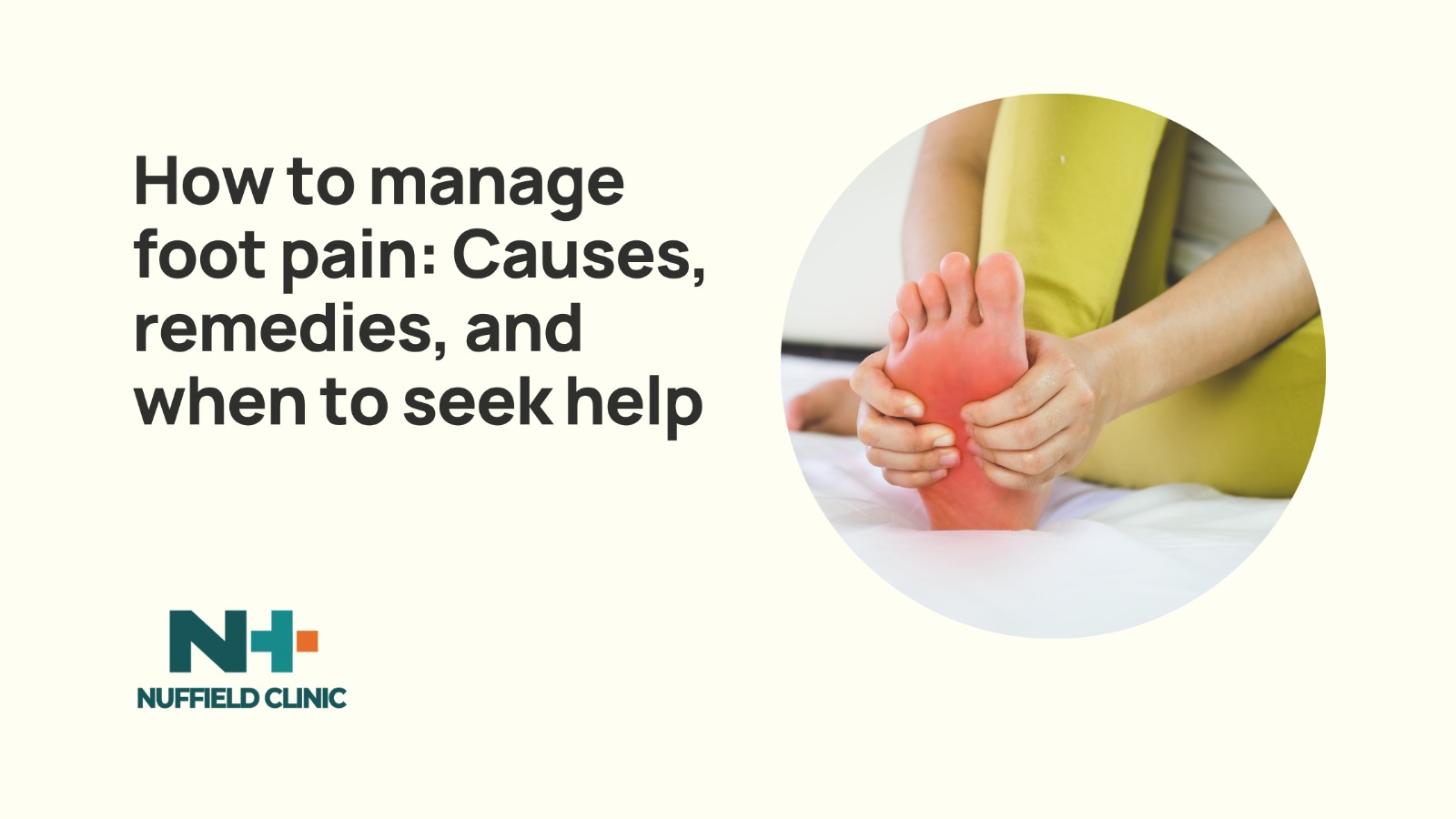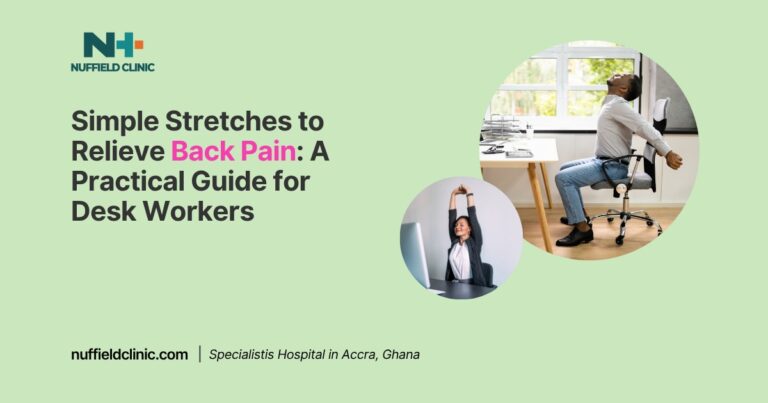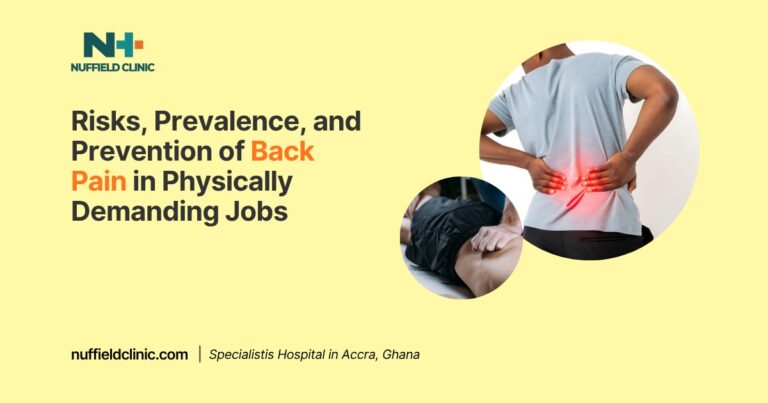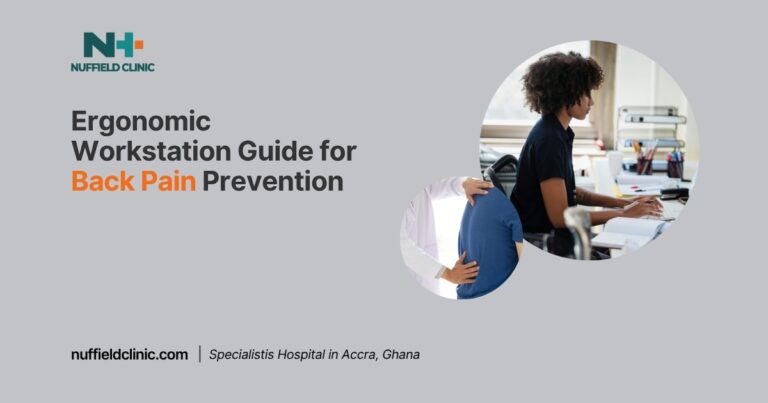How to Manage Foot Pain: What are the Causes, Remedies, and When to Seek Help

Foot pain is one of those conditions that almost everyone experiences at some point. Whether it’s a dull ache after a long day or sharp discomfort while walking, this type of pain can interrupt our daily routines and affect our overall quality of life. The good news is that foot pain is often manageable, and sometimes even preventable, if we understand its causes and treat it appropriately.
As a physical therapist, I often encounter people who wait too long to seek help, assuming their discomfort will go away on its own. In this article, we’ll walk through the most common causes of foot pain, how to handle it at home, and when it’s time to see a specialist.
Understanding foot pain
Foot pain can occur in any part of the foot, from the heel and arch to the toes and ball of the foot. It may come on suddenly after an injury or build up gradually due to repeated strain or underlying health conditions. Some people experience foot pain only occasionally, while others live with chronic discomfort that affects their ability to walk, stand, or exercise.
According to the Cleveland Clinic, pain is usually a symptom of an injury or a deeper health problem. Harvard Health notes that pain is common in many foot conditions and should not be ignored, especially if it worsens over time.
What causes foot pain?
There are many reasons why your feet might be hurting. Some causes are straightforward, like wearing uncomfortable shoes, while others may require medical diagnosis and intervention.
One of the most common culprits is improper footwear. Shoes that don’t fit properly, especially high heels or tight styles with narrow toe boxes, can put pressure on sensitive areas and lead to pain. Prolonged standing, intense physical activity, and excess body weight can also strain the muscles and ligaments in the foot.
Foot pain may also be caused by injuries such as sprains, strains, fractures, tendonitis, and stress fractures. These injuries are especially common in athletes and people who engage in high-impact activities without adequate warm-up or foot support.
Medical conditions also play a major role. Arthritis, for example, can affect any of the foot’s 33 joints. Diabetes is another leading cause of foot pain, as it can lead to nerve damage (neuropathy), clogged arteries, or painful ulcers. Conditions like lupus, gout, plantar warts, athlete’s foot, and ingrown toenails can also result in discomfort. Others may develop bunions, hammertoes, bone spurs, bursitis, Morton’s neuroma (a thickening of nerve tissue), or Haglund’s deformity.
The location of your pain often gives clues about the underlying cause. For example, pain in the heel may suggest plantar fasciitis or Achilles tendonitis, while toe pain might come from gout or an ingrown toenail. If you feel a burning or tingling sensation, it could be due to nerve pain or neuropathy.
Managing foot pain at home
The good news is that many cases of foot pain can be treated effectively at home, especially when caught early. One of the most recommended approaches is RICE therapy, which stands for Rest, Ice, Compression, and Elevation.
If your foot is sore or swollen, the first step is to take a break from activities that put pressure on it. Resting helps the body heal naturally and prevents further injury. Applying ice or a cold pack for 10 to 20 minutes several times a day can help reduce inflammation. Be sure to place a cloth between the ice and your skin to avoid frostbite.
Compression, such as wrapping your foot with an elastic bandage, provides gentle support and helps control swelling. Elevating your foot on a pillow, especially when sitting or lying down, can further reduce swelling and encourage blood flow away from the injury site.
Temperature therapy is another helpful tool. If your foot feels warm to the touch, it’s likely inflamed, and you should stick with ice. However, if your feet are simply tired or achy and feel cool or normal to the touch, a warm soak can relax the muscles and soothe discomfort.
Massage is also effective for relieving tension and improving circulation. However, you should avoid massaging any area that’s swollen or possibly injured, as this could worsen the condition.
Stretching and light exercises can make a big difference, particularly for conditions like plantar fasciitis. Once any swelling has gone down, begin gentle exercises to improve flexibility and strengthen the muscles supporting your foot and ankle.
Footwear and orthotics
Never underestimate the importance of supportive footwear. A well-fitting pair of shoes with proper arch support, cushioning, and a roomy toe box can make a world of difference. Avoid high heels and shoes with narrow toes, especially if you walk or stand for long periods. In some cases, custom orthotics or over-the-counter shoe inserts can help correct alignment problems and reduce pain caused by flat feet or other structural issues.
Over-the-counter options
For temporary relief, over-the-counter medications like acetaminophen (Tylenol) can help reduce pain. NSAIDs such as ibuprofen (Advil, Motrin) or naproxen (Aleve) are especially useful for both pain and inflammation. Topical pain relievers, including creams and gels, can also target localised discomfort. However, always consult a healthcare provider before using these medications long-term, especially if you have other medical conditions.
When to see a medical professional
While many foot issues respond well to self-care, there are certain red flags that mean it’s time to seek professional help. You should consult a doctor if:
- Your foot pain is persistent or worsening
- You cannot walk or bear weight on the foot
- You see signs of infection, such as redness, warmth, pus, or fever
- There’s numbness, tingling, or a bluish colour to your skin
- The shape of your foot has changed
- You suspect a fracture or serious injury
- You have diabetes and notice any changes in your foot health
Delaying treatment can lead to complications or permanent damage. According to Advanced Orthopaedics Associates, early intervention is key to preventing chronic pain or long-term disability.
What medical treatment might involve
If your condition requires more than home care, your doctor might prescribe stronger medications such as advanced NSAIDs, nerve pain treatments, or corticosteroids in pill or injectable form. In some cases, treatments like nerve blocks, physical therapy, or custom orthotics may be recommended.
Depending on the cause of the pain, you may also need procedures to remove corns, calluses, or plantar warts, or immobilisation with a cast or splint. For structural issues like bunions or hammertoes, surgery may be the best option.
Preventing future foot pain
The best approach to foot pain is prevention. Choose comfortable, cushioned shoes with plenty of room for your toes. Stretch your feet regularly, especially before exercising, and maintain a healthy weight to reduce pressure on your feet. Practice good foot hygiene and avoid walking barefoot outdoors, where injuries or infections are more likely.
Expert help at Nuffield Clinic
If you’re struggling with ongoing foot pain, don’t wait until it worsens. Nuffield Clinic offers expert Orthopaedic and Musculoskeletal services designed to help you get back on your feet, pain-free. Their team of specialists can evaluate your condition, provide tailored treatment plans, and offer both conservative and advanced solutions based on your specific needs.
At Nuffield, you’ll benefit from a collaborative approach that includes physical therapists, podiatrists, and orthopaedic doctors working together to ensure you receive the best care possible.
Foot pain is common, but it doesn’t have to be something you live with. By taking steps to care for your feet, paying attention to warning signs, and seeking professional help when needed, you can stay active and comfortable. Whether you’re managing minor aches or more complex issues, the right support and treatment can make all the difference.
If your foot pain is affecting your mobility or quality of life, reach out to a healthcare professional or book a consultation with Nuffield Clinic to take the first step toward recovery.






